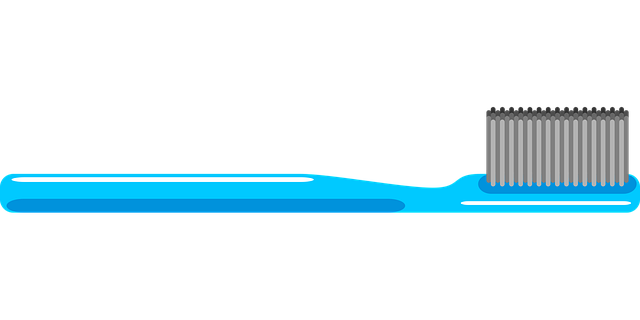
Sciatica is a term that describes the pain that radiates along the path of the sciatic nerve, which branches from your lower back through your hips and buttocks and down each leg. The discomfort typically affects only one side of the body and can vary significantly in intensity. For many, sciatica can be a debilitating condition that impacts daily activities, work, and overall quality of life.
Symptoms of Sciatica
The symptoms of sciatica can manifest in various ways, often leading to confusion about the underlying cause. Common symptoms include:
- Pain: This is the hallmark of sciatica. The pain can range from a mild ache to a sharp, burning sensation. It is typically felt in the lower back, buttocks, and down one leg.
- Numbness and Tingling: Some people experience numbness or a tingling sensation in the leg or foot, often described as a “pins and needles” feeling.
- Weakness: Sciatica may lead to weakness in the affected leg, making it difficult to stand or move as usual.
- Worsening Symptoms: Symptoms might worsen with prolonged sitting, standing, or during sneezing and coughing.
Causes of Sciatica
Sciatica is not a condition in itself but rather a symptom of an underlying issue. Some common causes include:
- Herniated Discs: One of the most prevalent causes, a herniated disc occurs when the soft material inside the disc pushes out and compresses the sciatic nerve.
- Spinal Stenosis: This is a narrowing of the spinal canal, putting pressure on the nerves and leading to pain.
- Spondylolisthesis: A condition where one vertebra slips over another, which can pinch the sciatic nerve.
- Piriformis Syndrome: The piriformis muscle, located in the buttocks, can spasm and cause irritation to the sciatic nerve.
Treatment Options
Treating sciatica often requires a multi-faceted approach tailored to the individual. Here are some effective treatment options:
- Physical Therapy: Engaging in physical therapy can help strengthen muscles, improve flexibility, and reduce pressure on the sciatic nerve.
- Medications: Over-the-counter pain relievers, anti-inflammatory drugs, and muscle relaxants can help alleviate discomfort.
- Hot and Cold Therapy: Applying heat or ice to the affected area can provide relief from pain and inflammation.
- Surgery: In severe cases where conservative treatments fail, surgery may be necessary to relieve pressure on the sciatic nerve.
When to Seek Medical Attention
While many people experience sciatica at some point, it’s essential to know when to seek medical attention. If you experience severe pain, loss of bowel or bladder control, or sudden weakness in the legs, it’s crucial to consult a healthcare provider immediately.
In summary, understanding sciatica is vital for managing its symptoms and seeking appropriate treatment. By recognizing the signs and causes, individuals can take proactive steps to alleviate their discomfort and improve their quality of life.
Further Reading
For more information on sciatica and its management, consider visiting the following resources: